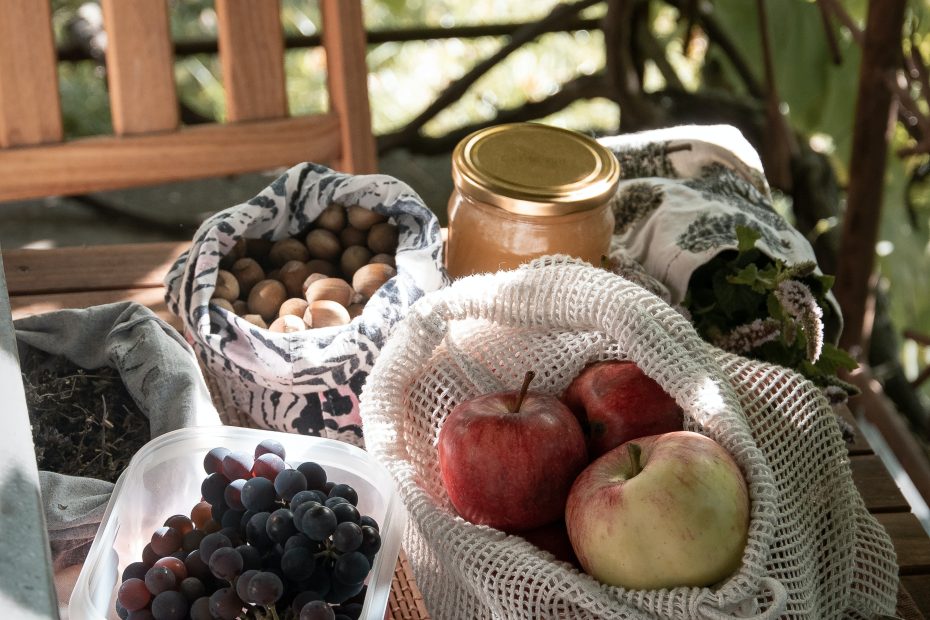Lithuanian cuisine reflects the country’s climate and geography, as well as its turbulent history. Centuries of foreign rule and shifting borders have influenced the local dishes, creating a unique blend of Eastern European, Baltic, and Scandinavian flavors. From hearty fare to celebrate the long winters to lighter dishes in summer, Lithuanian food offers comfort, nostalgia, and a connection to the past.
Introduction
Lithuanian cooking relies on simple, fresh ingredients like potatoes, meat, grains, vegetables, berries, and dairy products like sour cream and cheese. While it shares some similarities with neighboring countries, Lithuanian cuisine has distinctive offerings showcasing the flavors of the region.
Geography and history have shaped the country’s culinary traditions. Lithuania’s cool climate and fertile soil are ideal for growing potatoes, beets, rye, oats, barley, and other hardy crops. Forests provided mushrooms, berries, and game. The Baltic Sea offered fish. Lithuania’s location along medieval trade routes introduced new ingredients and cooking techniques. Together, these influences created rustic, filling dishes designed to fortify against the cold weather.
Traditional Dishes and Ingredients
At the heart of Lithuanian cuisine are potatoes, meat, and dairy. Pork, beef, chicken, lamb, and game meat were commonly eaten. Dairy products included butter, sour cream, cheese, and curd cheese.
Beet soup, a sweet and tart puréed soup called šaltibarščiai, is a summertime favorite, often served with boiled potatoes. Cold beet soup is a similar dish served chilled. Potato dumplings called cepelinai, made from shredded potatoes and stuffed with meat or curd cheese, are a beloved national dish. Other classics include sautéed cabbage, skillet-fried potato pancakes called bulviniai blynai, and kugelis, a baked potato pudding.
Bread is important in Lithuanian cuisine. Rye and dark rye breads are everyday staples. They’re ideal for soaking up rich gravies and sauces.
Seasonal Delights
Lithuanian cuisine highlights seasonal ingredients at their peak. Mushroom hunting in the forests yields prized porcini, chanterelle, and boletus varieties that are dried, pickled, or added to dishes. Berries like blueberries, lingonberries, and cloudberries are gathered in summer. Wildflower honey is valued for its high quality.
In autumn, savory cabbage rolls called balandeliai, stuffed with meat or mushrooms, are comfort food. Salted herring, served with boiled potatoes, is another fall specialty. Beet pancakes or bulvinių blynų su spirgais feature grated beet and potato patties with spirgai, a type of fried bacon.
Holiday Specialties
Christmas and Easter celebrations have customary foods. Small biscuits called kūčiukai are only made at Christmastime. Poppy seed or fruit filled, they symbolize family unity. Velykos eggs – intricately decorated boiled eggs – grace the Easter table. Paskaitymai, butter lambs shaped from butter with herbs, are an Easter tradition.
Drinks
Beer, mead, and kvass – a fermented rye bread drink – are historic Lithuanian beverages. Herbal teas were common, especially peppermint. Today, locals enjoy strong coffee and dairy drinks like kefir.
Among Lithuanians, mead has legendary origins dating back to medieval times. This honey wine comes in a range of styles from dry to sweet. Lithuania’s beer tradition includes unique live-cultured brews.
Conclusion
Lithuanian cuisine offers a taste of the country’s natural bounty and cultural heritage. Rustic, filling foods fueled generations of farmers and workers through cold winters, while seasonal specialties celebrated the bright summer months. Lithuanian cooking has evolved over the centuries but remains true to its roots. For an authentic food experience, don’t miss these highlights: cepelinai dumplings, wholesome rye breads, foraged mushrooms like porcini, sweet and tart šaltibarščiai soup, and holiday treats including Christmas kūčiukai and Velykos Easter eggs. Open your mind and appetite to savor the flavors of this unique Baltic cuisine.
FAQs
What are some typical Lithuanian dishes?
Some classic Lithuanian dishes include cepelinai (potato dumplings stuffed with meat or cheese), beet soup, potato pancakes, rye bread, cabbage rolls, and potato pudding.
What ingredients are commonly used in Lithuanian cooking?
Lithuanian cuisine relies heavily on potatoes, meat, grains like rye and barley, dairy products, mushrooms, seasonal berries, and fish.
What is Lithuanian holiday food?
At Christmas, Lithuanians enjoy kūčiukai – little biscuits that symbolize family. For Easter, traditional foods are Velykos eggs, butter lamb centerpieces called paskaitymai, and breads shaped into animals.
What drinks are part of Lithuanian culture?
Historically Lithuanians drank mead, beer, and kvass. Today popular drinks include coffee, dairy-based kefir, and a range of beer styles.
What makes Lithuanian food unique?
Lithuanian cuisine combines Eastern European, Baltic, and Scandinavian influences. It features hearty, filling dishes for the cold climate along with seasonal ingredients like mushrooms and berries. Rustic flavors and traditions make it distinctive.
